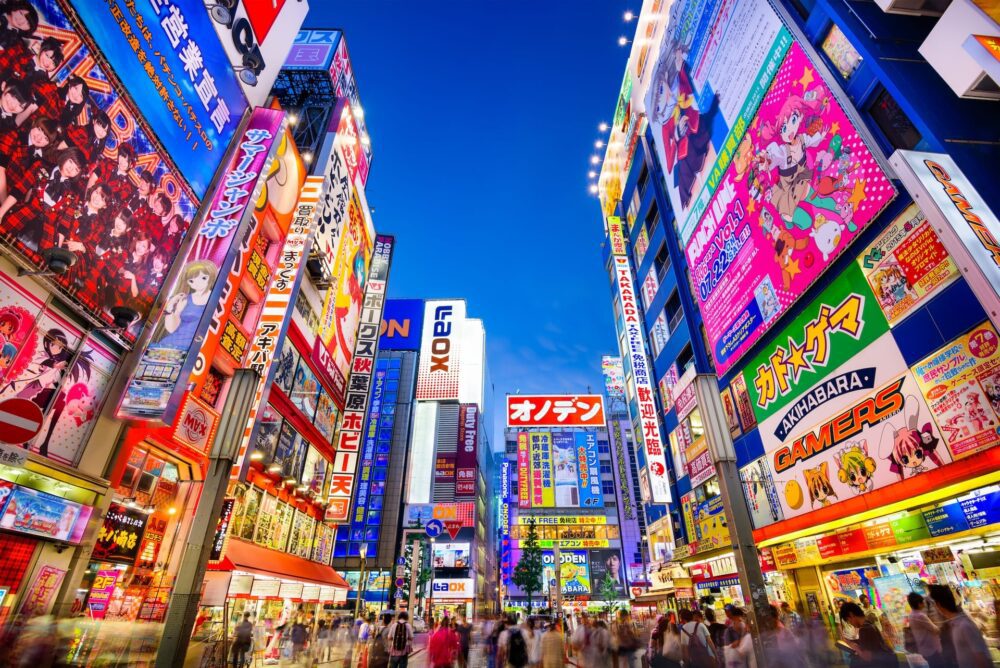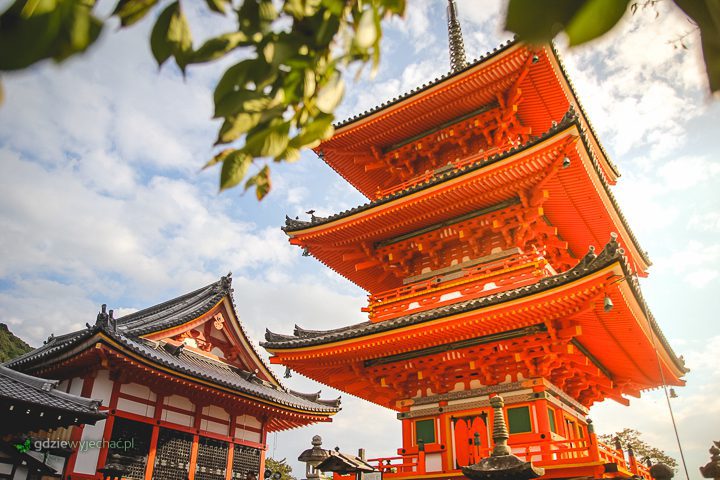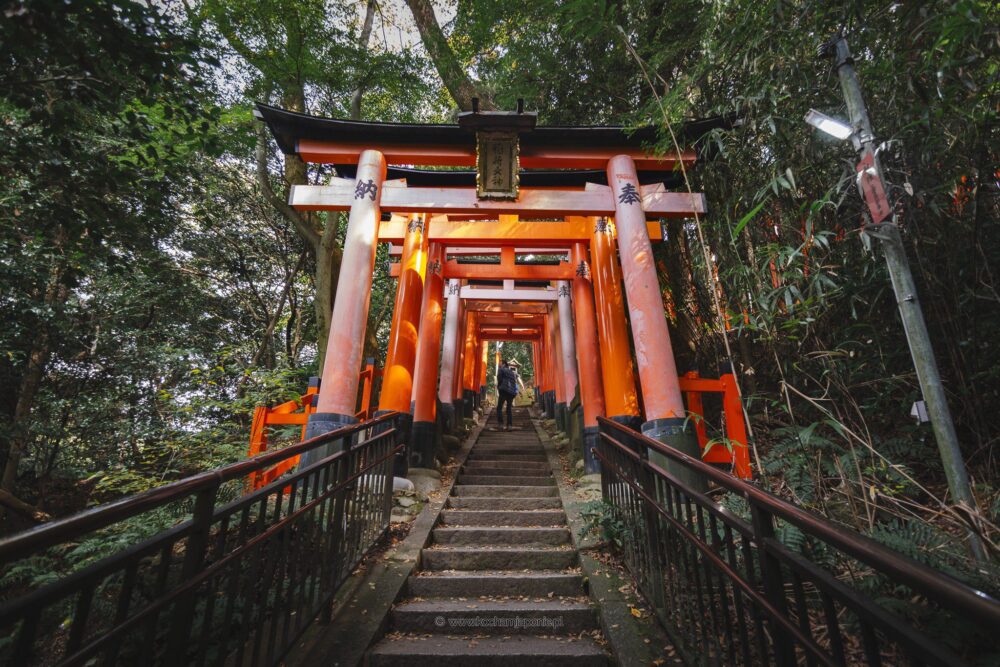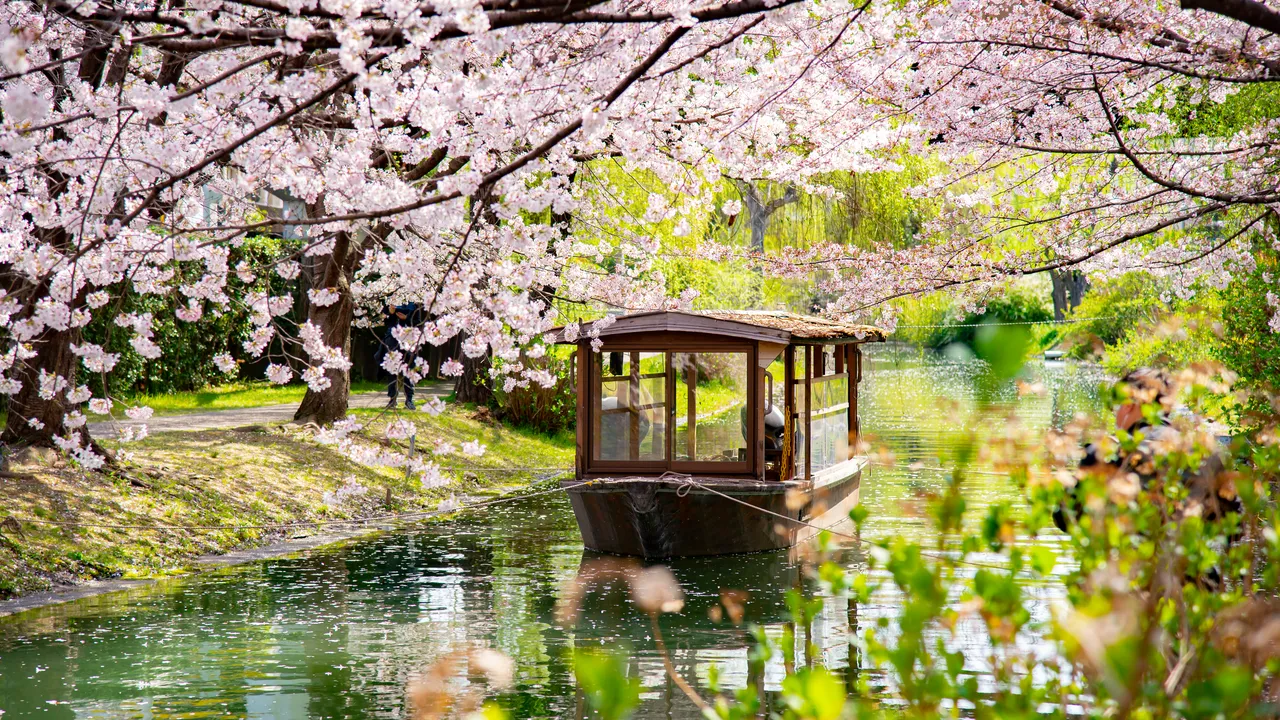What attracts tourists to Japan?

Japan is a country where deeply rooted tradition meets incredible modernity. It’s a place where the history of samurai intersects with futuristic technologies, and where nature and culture are as impressive as they are diverse.
What attracts tourists to Japan?
Japan is a country with one of the oldest and most fascinating cultures in the world, whose richness is visible in almost every aspect of life. For centuries, the country’s traditions have been cherished and passed down from generation to generation, creating a unique atmosphere that attracts tourists from all over the globe. Sophisticated arts such as Nō theater, kabuki, and bunraku puppet theater allow visitors to immerse themselves in ancient stories full of symbolism and beauty. Traditional calligraphy and the art of flower arranging (ikebana) also reflect the Japanese approach to harmony and aesthetics. What else draws tourists to Japan?
- UNESCO World Heritage Sites
- Rich culture and traditions
- Extraordinary nature
- Hospitality (Omotenashi)
- Seasonal attractions
- Pop culture and entertainment
- Spirituality and meditation
- Japanese

UNESCO World Heritage Sites – Japan’s Cultural and Historical Treasures
Japan boasts numerous UNESCO World Heritage Sites that reflect its rich history, unique culture, and dedication to preservation. These remarkable locations attract visitors from around the globe, offering a deeper understanding of Japanese heritage and the fascinating connection between people and nature. Here are the most important UNESCO landmarks in Japan:
Himeji Castle – An Icon of Japanese Defensive Architecture
Known as the “White Heron Castle” for its elegant, white structure. It is the best-preserved example of Japanese feudal architecture and was inscribed on the UNESCO list in 1993. The castle offers spectacular views and the opportunity to explore historic interiors that have survived for centuries.

Historic Villages of Shirakawa-go and Gokayama
Famous for their unique gassho-zukuri houses with steep thatched roofs resembling hands joined in prayer. These villages are living museums where you can experience the traditional lifestyle of Edo-period farmers. Surrounded by picturesque landscapes, they offer a peaceful atmosphere and exceptional cultural experiences.
Kyoto Temples – The Heart of Spiritual Japan
Kyoto, the former capital of the country, is a true treasure trove of culture and religion. Temples such as Kinkaku-ji (the Golden Pavilion) and Ryoan-ji, famous for its zen garden, are particularly noteworthy. Each temple reflects the harmony between architecture, art, and the surrounding nature.

Itsukushima Shrine on Miyajima Island
Famous for its impressive “floating” torii gate rising above the waters of the Inland Sea. This shrine reflects the deep connection between Shinto religion and nature. It is one of the most photogenic places in Japan, especially at sunset.
Landmarks in Nara – The Origins of Japanese Culture
The Great Buddha at Todai-ji Temple, the largest Buddha statue in Japan, attracts both tourists and pilgrims. Nara Park, with its hundreds of freely roaming deer, symbolizes harmony between humans and nature. Kasuga-taisha Shrine, with its thousands of stone and metal lanterns, is another remarkable site.
Mount Koya (Koyasan) – The Spiritual Center of Buddhism
Here you’ll find a temple complex and Japan’s largest cemetery, Otokunoin. This is a place of meditation and spiritual renewal that attracts both pilgrims and tourists. The opportunity to stay overnight in a temple and take part in morning prayers is a truly unique experience.
Ogasawara Islands – UNESCO Natural Heritage
An archipelago known as the “Galapagos of the East” for its unique flora and fauna. An ideal destination for nature lovers, offering the chance to observe whales and rare animal species. A true example of harmonious coexistence between humans and nature.

Hiroshima Landmarks – Witnesses of History
The Atomic Bomb Dome (Genbaku Dome) symbolizes a tragic history and the pursuit of peace. Hiroshima Peace Park is a place for reflection and education about the consequences of atomic warfare. These landmarks have global significance and serve as a reminder of the importance of peace worldwide.
Each of these places is not only a testament to Japan’s rich history, but also proof of the extraordinary connection between people, culture, and nature. Visiting these sites is a journey into the heart of Japanese heritage—one that delights and inspires.
Rich culture and traditions
The history of samurai and geisha continues to inspire admiration and curiosity, while places like Kyoto, Nara, and Kamakura—filled with countless temples, palaces, and teahouses—serve as reminders of Japan’s former glory. Strolling through the old geisha districts, such as Gion in Kyoto, you can sense the atmosphere of bygone eras, when every detail—from architecture to the art of tea brewing—was a masterpiece. Japan is also home to numerous sacred sites, such as Fushimi Inari Shrine or the Great Buddha of Nara, which radiate tranquility and spirituality, attracting both pilgrims and tourists seeking a moment of reflection. Japan’s rich culture and traditions are not only a legacy of the past but also a vibrant part of modern life, captivating with their authenticity and depth.


Japanese festivals, such as Hanami—the celebration of cherry blossoms—or Gion Matsuri in Kyoto, offer tourists the chance to experience centuries-old rituals, vibrant processions, and a truly unique atmosphere. During these events, visitors can not only admire the beauty of traditional attire like kimonos, but also sample regional delicacies and witness rituals passed down through generations.
Japanese cuisine – flavors that are taking the world by storm
Japanese cuisine is not just food, but also a form of art where harmony of flavor, aroma, and aesthetics plays a key role. This is one of the main reasons why Japan is a top destination for culinary travelers from around the world. The abundance of local ingredients, attention to detail, and deeply rooted traditions make every dish an unforgettable experience.
Icons of Japanese Cuisine – What Should You Try?
Japanese cuisine is a true feast for the senses, delighting with its variety of flavors, precision in preparation, and attention to aesthetics. What should you try from Japanese cuisine?
- Sushi and sashimi: Premium-quality raw fish, meticulously prepared and served with accompaniments such as rice, nori seaweed, or wasabi, has become a symbol of Japanese cuisine around the globe.
- Ramen: An aromatic broth with wheat noodles, served with a variety of toppings such as egg, pork (chashu), or seaweed. Every region of Japan has its own unique version of this dish.
- Tempura: Light, crispy pieces of seafood or vegetables coated in a delicate batter and deep-fried. This classic dish has gained popularity far beyond Japan.
- Okonomiyaki: Known as the Japanese pancake, this dish is made on a griddle with cabbage, meat, seafood, and the distinctive okonomiyaki sauce.
- Takoyaki: Dough balls filled with pieces of octopus, served with sauce and sprinkled with dried bonito flakes – a popular street food.

In Japan, food is not just a form of consumption, but also a social and spiritual act. It’s worth taking part in a tea ceremony, which is a unique ritual of harmony, respect, and tranquility. Traditional dishes such as kaiseki (a multi-course meal) exemplify culinary precision and aesthetics, where every element is carefully considered.
Street food and modern flavors
Japanese street food is a burst of flavors waiting to be discovered at markets and festivals. From sweet taiyaki (fish-shaped pastries) to savory yakitori (chicken skewers), street cuisine is full of variety. In major cities like Tokyo and Osaka, modern interpretations of traditional dishes are gaining popularity, allowing Japanese cuisine to continuously evolve.

Hospitality (Omotenashi) – The Art of Hospitality in Japan
Japanese hospitality, known as omotenashi, is one of the most unique and valued aspects of the country’s culture. It’s not just a way of treating guests, but a deeply rooted philosophy that emphasizes selfless care, attention to detail, and anticipating the needs of others. Omotenashi permeates nearly every aspect of life in Japan – from hotel services to everyday customs, creating an unforgettable experience for visitors.

The philosophy of omotenashi – What does it really mean?
Omotenashi originates from the tea ceremony tradition, where the host strives to provide the guest with a perfect experience by paying attention to every detail—from the aesthetics of the surroundings to the taste of the tea. It is more than politeness; it is a wholehearted commitment to meeting the needs of others, often without expecting anything in return. The essence of omotenashi lies in discretion and anticipation—the guest does not need to ask for anything, because their needs have already been noticed and fulfilled. Omotenashi is a philosophy of life that manifests itself in everyday interactions. Courtesy, punctuality, respect for personal space, and a willingness to help are constant elements of interpersonal relations in Japan. Even in crowded places like Tokyo, there is order and harmony, stemming from mutual concern for the comfort of others.
Why does omotenashi attract tourists?
For many tourists visiting Japan, omotenashi is one of the most memorable aspects of their trip. This unique form of hospitality makes them feel not only welcome, but also special. Omotenashi highlights what is most precious in Japan—respect for people, tradition, and meticulous attention to every detail.








Leave a Comment